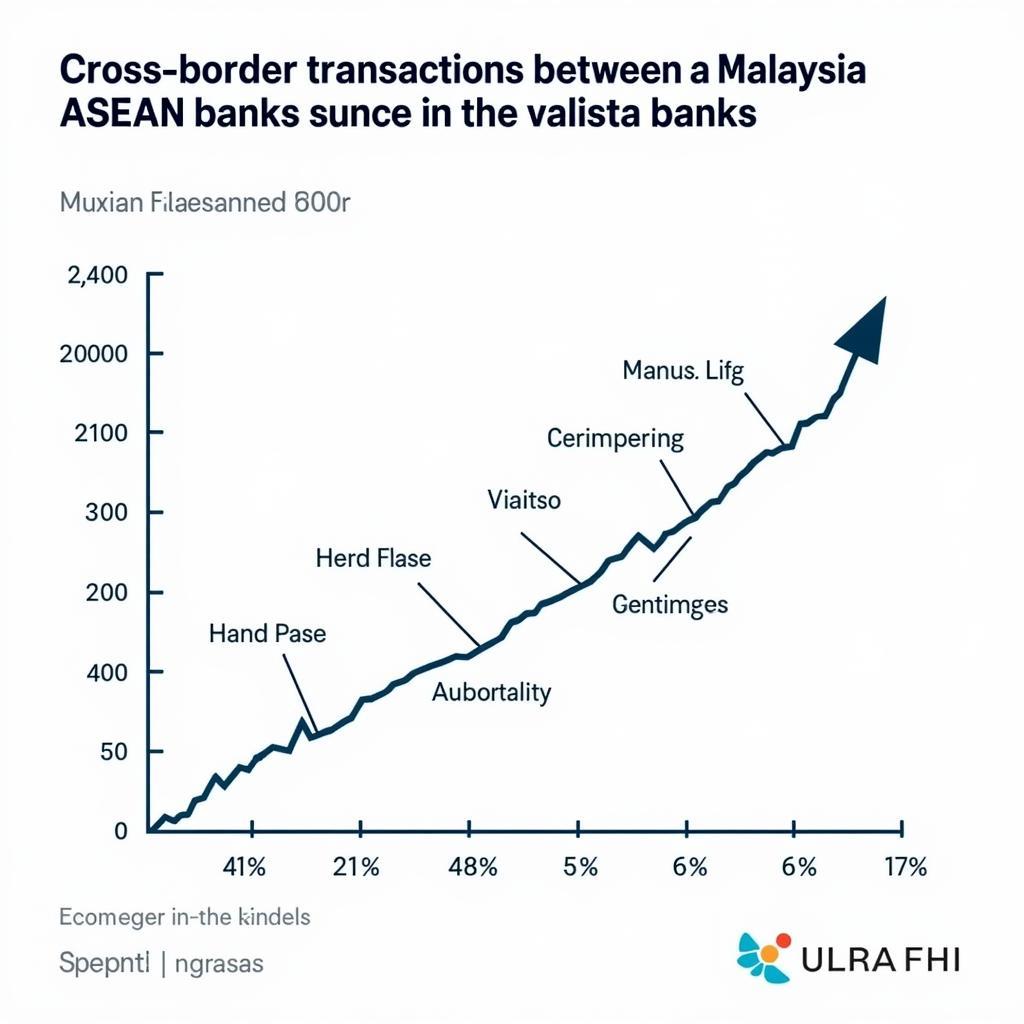The ASEAN Banking Integration Framework (ABIF) is transforming the financial landscape of Southeast Asia, and Malaysia is playing a key role in this evolution. This framework aims to foster greater connectivity and collaboration between the banking sectors of ASEAN member states, promoting regional economic growth and stability.
Understanding the ASEAN Banking Integration Framework in Malaysia
The ABIF seeks to create a more integrated and interconnected banking system across ASEAN. This involves facilitating cross-border transactions, harmonizing regulations, and encouraging greater cooperation between banks in different member states. For Malaysia, this presents both opportunities and challenges. The integration allows Malaysian banks to expand their reach within the region, tapping into new markets and customer bases. It also brings increased competition from other ASEAN banks operating in Malaysia. The framework strives to balance these factors to create a more robust and dynamic financial ecosystem. asean banking association
Key Aspects of ABIF for Malaysia
Malaysia’s involvement in ABIF focuses on several key areas:
-
Enhanced Cross-Border Transactions: ABIF aims to simplify and streamline cross-border payments and transactions, making it easier for businesses and individuals to conduct financial activities across ASEAN. This can be particularly beneficial for Malaysian businesses engaged in regional trade.
-
Regulatory Harmonization: The framework encourages the alignment of banking regulations and supervisory practices across ASEAN nations. This helps to create a level playing field and reduce compliance complexities for Malaysian banks operating regionally.
-
Increased Market Access: ABIF gradually opens up the banking sectors of member states to greater foreign participation. This presents opportunities for Malaysian banks to expand into other ASEAN countries and for foreign banks to enter the Malaysian market.
 Impact of ABIF on the Malaysian Banking Sector
Impact of ABIF on the Malaysian Banking Sector
Challenges and Opportunities for Malaysia
While ABIF presents significant opportunities, it also poses certain challenges for Malaysia. Competition from other ASEAN banks may intensify. Adapting to the harmonized regulations might require adjustments in existing practices. However, these challenges are outweighed by the potential benefits of increased regional economic growth, greater financial stability, and enhanced connectivity within ASEAN.
How is Malaysia addressing these challenges?
Malaysia is actively engaging with other ASEAN members to address these challenges. This includes:
-
Strengthening domestic regulations and supervisory frameworks to ensure stability and resilience within the Malaysian banking sector.
-
Promoting capacity building and knowledge sharing among Malaysian banks to enhance their competitiveness in the regional market. acts asean credit transfer system
-
Participating in regional dialogues and consultations to shape the future direction of ABIF and ensure that it aligns with Malaysia’s national interests.
 Future of ABIF in Malaysia
Future of ABIF in Malaysia
Conclusion
The ASEAN Banking Integration Framework is a crucial initiative for promoting regional economic integration within Southeast Asia. Malaysia’s active participation and strategic approach to ABIF are vital for its own economic growth and for the overall success of the framework. As the integration progresses, Malaysia’s role in shaping the future of ASEAN banking will continue to be significant. The Asean Banking Integration Framework Malaysia is pivotal for the region’s future. asean banking integration framework indonesia-malaysia
FAQs
- What is the main goal of ABIF? (To foster greater banking integration within ASEAN).
- How does ABIF benefit Malaysia? (Increased market access, enhanced regional trade).
- What are the challenges of ABIF for Malaysia? (Increased competition, regulatory adjustments).
- How is Malaysia addressing these challenges? (Strengthening regulations, capacity building).
- What is the future of ABIF in Malaysia? (Continued active participation, shaping regional banking).
- Where can I learn more about ASEAN? (all about asean pdf)
- How did ASEAN banks perform in 2018? (asean bank ranking 2018)
Need support? Contact us 24/7: Phone: 0369020373, Email: aseanmediadirectory@gmail.com or visit us at: Ngoc Lien Village, Hiep Hoa, Bac Giang, Vietnam.

